Ian Stevenson

Ian Stevenson
PhD, 2018, Purdue University
Assistant Professor
Experimental Atomic, Molecular, and Optical Physics,Experimental Quantum Information
Research Interests
My research focuses on advancing our understanding of quantum physics with ultracold polar molecules. Ultracold polar molecules can be formed out of pairs of ultracold atoms, rubidium and silver in my lab. These heteronuclear diatomic molecules have additional degrees of freedom beyond atoms from the quantized vibration and rotation of the nucleons. The rotational structure of the molecules gives them a permanent electric dipole moment and so far, research on ultracold molecules has focused on using the dipole-dipole interactions to manipulate the collisional potential or to entangle pairs of molecules. My lab aims to pursue both research directions with RbAg molecules.
Ensembles of polar molecules form a powerful quantum simulator. When thousands of ultracold polar molecules are held in a single trap, the collisional potential can be tailored by precision control over the dipole-dipole interactions. In practice, this is done via microwaves nearly resonant with the lowest rotational transition in the molecule. Recent work in this domain has showed that ultracold polar molecules can be cooled to Bose-Einstein condensates. Because interactions between polar molecules are much stronger than alkali atoms (the ‘normal’ particle for BECs), this advance has enabled the first observations of long-lived and strongly interacting BECs.
Well isolated polar molecules can be used as qubits, the basis for quantum computation. When individual polar molecules are trapped in optical tweezers, dipole-dipole interactions can entangle pairs of molecules. Again, in practice, the entanglement is controlled via microwaves nearly resonant with the lowest rotational transition. Current research in this area is focused on trapping large numbers of polar molecules and capitalizing on the large number of highly coherent states in the molecule to form qudits (qubits with more than two levels).
Selected Publications
Observation of Bose-Einstein Condensation of Dipolar Molecules. Bigagli, N., Yuan, W., Zhang, S., Bulatovic, B., Karman, T., Stevenson, I., Will, S. Nature 631 289-293 (2024).
Collisionally Stable Gas of Bosonic Ground-State Molecules. Bigagli, N., Warner, C., Yuan, W., Zhang, S., Stevenson, I., Karman, T., Will, S. Nat. Phys. 19 1579-1584 (2023).
 Physics at Virginia
Physics at Virginia